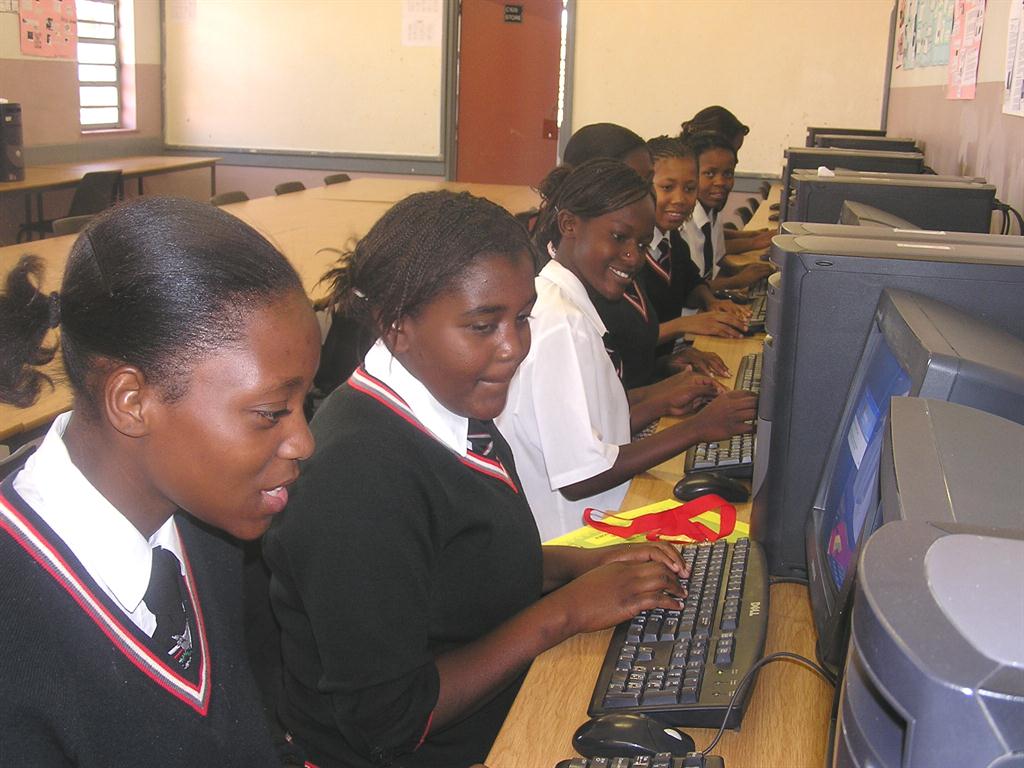Namibia's internet costs are too high
Namibia has been ranked poorly in the latest edition of the Inclusive Internet Index, which placed the country last among 24 upper-middle-income countries.
Globally Namibia was ranked 84th out of the 100 countries scored in the Inclusive Internet Index, commissioned by Facebook and conducted by The Economist Intelligence Unit.
Expanded to cover 100 countries, up from 86 in 2018, the index provides a rigorous benchmark of national-level internet inclusion across four categories: Availability, Affordability, Relevance and Readiness. Globally Namibia was ranked 82nd for internet availability, 85th for affordability, 75th for relevance and 71st for readiness.
Namibia was ranked the worst among the middle-income countries with a weak performance in all categories in comparison to other countries in this group.
Namibia did score better among African nations, though. It was ranked 17th among 31 African countries, with relatively good scores for relevance (eighth) and readiness (tenth).
The index further shows that 29.5% of households in Namibia use the internet. There is a 14.8% gender gap in internet access, with 54% male internet users and 47% female internet users.
The study revealed that progress on closing the digital divide between low-income countries and the rest of the world has stalled, reflecting slow growth in internet connections and 4G network coverage in the past year.
South Africa, which was ranked 50th globally, was ranked as the best African nation and the Congo as the worst.
Globally, Sweden topped the Index and Congo was ranked last.
According to the study, growth in internet connections slowed in 2019, while a concerning divide is emerging between low-income countries and the rest.
While men still have higher rates of internet and mobile access than women, the gender gap is narrowing. Low-income and lower-middle-income countries are driving the change.
There is a gender gap in internet access in favour of men in 84% of the countries in the 2019 index. This gap widened in high-income countries, to 4.3% more men than women having access, up from 3.5% in 2018. However, low-income and lower-middle-income countries actually drove progress overall.
Connection quality has improved overall, driven mostly by lower-middle-income countries, but low-income nations are falling behind on 4G coverage.
In low-income countries the share of the population covered by 4G networks rose nearly four percentage points to 21%. In addition, global mobile broadband subscriptions per 100 inhabitants grew by 0.3% this year, but low-income countries actually saw a decline of 2%.
ELLANIE SMIT
Globally Namibia was ranked 84th out of the 100 countries scored in the Inclusive Internet Index, commissioned by Facebook and conducted by The Economist Intelligence Unit.
Expanded to cover 100 countries, up from 86 in 2018, the index provides a rigorous benchmark of national-level internet inclusion across four categories: Availability, Affordability, Relevance and Readiness. Globally Namibia was ranked 82nd for internet availability, 85th for affordability, 75th for relevance and 71st for readiness.
Namibia was ranked the worst among the middle-income countries with a weak performance in all categories in comparison to other countries in this group.
Namibia did score better among African nations, though. It was ranked 17th among 31 African countries, with relatively good scores for relevance (eighth) and readiness (tenth).
The index further shows that 29.5% of households in Namibia use the internet. There is a 14.8% gender gap in internet access, with 54% male internet users and 47% female internet users.
The study revealed that progress on closing the digital divide between low-income countries and the rest of the world has stalled, reflecting slow growth in internet connections and 4G network coverage in the past year.
South Africa, which was ranked 50th globally, was ranked as the best African nation and the Congo as the worst.
Globally, Sweden topped the Index and Congo was ranked last.
According to the study, growth in internet connections slowed in 2019, while a concerning divide is emerging between low-income countries and the rest.
While men still have higher rates of internet and mobile access than women, the gender gap is narrowing. Low-income and lower-middle-income countries are driving the change.
There is a gender gap in internet access in favour of men in 84% of the countries in the 2019 index. This gap widened in high-income countries, to 4.3% more men than women having access, up from 3.5% in 2018. However, low-income and lower-middle-income countries actually drove progress overall.
Connection quality has improved overall, driven mostly by lower-middle-income countries, but low-income nations are falling behind on 4G coverage.
In low-income countries the share of the population covered by 4G networks rose nearly four percentage points to 21%. In addition, global mobile broadband subscriptions per 100 inhabitants grew by 0.3% this year, but low-income countries actually saw a decline of 2%.
ELLANIE SMIT




Comments
Namibian Sun
No comments have been left on this article